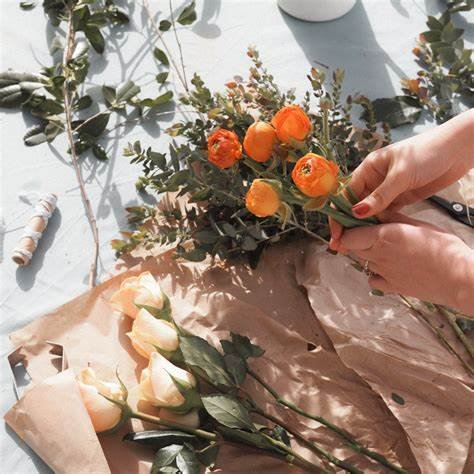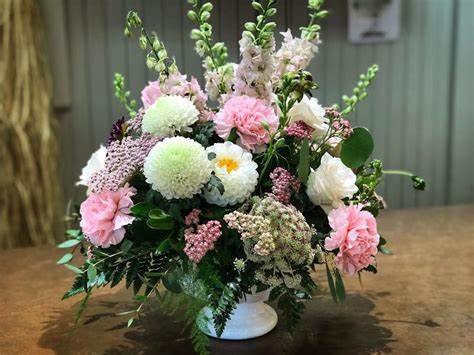Flower arranging is a wonderful way to brighten up any space and express creativity. Whether you want to add beauty to your home or create stunning centerpieces, understanding the basics of flower arranging can help. This guide offers simple tips and tricks to get you started on creating beautiful floral arrangements.
Choosing Your Flowers
Start by selecting fresh flowers. Choose a variety of colors, shapes, and sizes to add interest. Popular choices include roses, lilies, tulips, and daisies. Consider the occasion and your personal taste when picking flowers. Always choose flowers with firm petals and stems, avoiding those with wilted or damaged parts.
Selecting the Right Tools
Having the right tools makes arranging flowers easier. Invest in a good pair of floral shears or scissors for cutting stems. A floral foam or vase floral grid helps support your arrangement. Use a clean vase that complements your flowers. Also, keep a bucket of water handy to keep flowers hydrated while you work.
Preparing Your Flowers
Before arranging, prepare your flowers. Trim the stems at a 45-degree angle to increase water absorption. Remove any leaves that will be below the water line to prevent rot. If using floral foam, soak it in water for a few minutes before placing it in your vase. This helps keep flowers hydrated.
Creating a Balanced Arrangement
To create a balanced arrangement, start with the largest flowers and work your way to the smaller ones. Place the largest blooms in the center or at the focal point of the arrangement. Add medium-sized flowers around them, and fill in with smaller blooms and filler flowers.
Using the Rule of Odds
The rule of odds suggests using an odd number of flowers for a more natural look. Arrange flowers in groups of three, five, or seven to create a more pleasing and dynamic arrangement. This rule helps avoid symmetry and adds a more organic feel to the design.
Incorporating Filler Flowers and Greens
Filler flowers and greens add texture and volume to your arrangement. Use baby’s breath, fern, or eucalyptus as fillers. These elements help to fill gaps and add depth. Place them around the larger flowers, creating a lush and full look. Greens also help to define the shape and structure of the arrangement.
Adjusting Height and Depth
Variety in height and depth adds interest to your arrangement. Place some flowers higher and others lower to create layers. This technique adds dimension and makes the arrangement look more dynamic. Adjust the flowers as needed to achieve the desired shape and balance.
Maintaining Your Arrangement
To keep your arrangement looking fresh, change the water every two days. Re-cut the stems to ensure they continue to absorb water. Remove any wilted or dying flowers to keep the arrangement looking its best. Display your arrangement in a cool, shaded area away from direct sunlight and heat sources.

Experimenting with Styles
Feel free to experiment with different styles and techniques. Try creating a minimalist arrangement with fewer flowers or a lush, full bouquet. Explore different container options, such as mason jars, teacups, or wooden boxes, for unique displays. Personalize your arrangements to fit your style and preferences.
Final Thoughts
Flower arranging is a fun and creative activity that anyone can enjoy. With the right flowers, tools, and techniques, you can create beautiful arrangements for any occasion. Remember to choose fresh flowers, prepare them properly, and use the rule of odds for a balanced look. Incorporate fillers and greens to add texture and depth. With practice, you’ll develop your own style and create stunning floral designs that brighten any space. Happy arranging!

